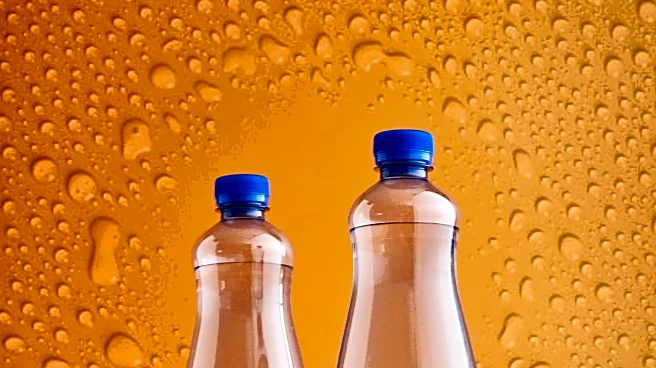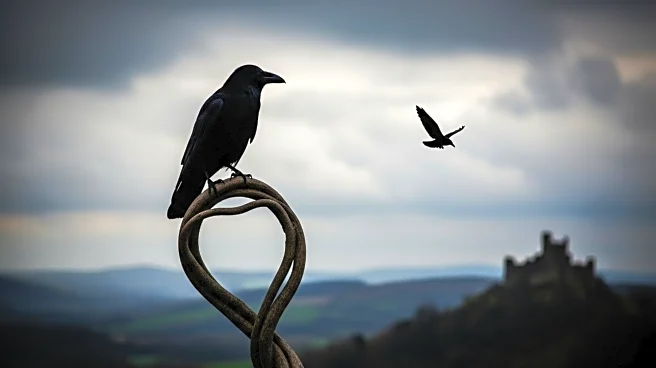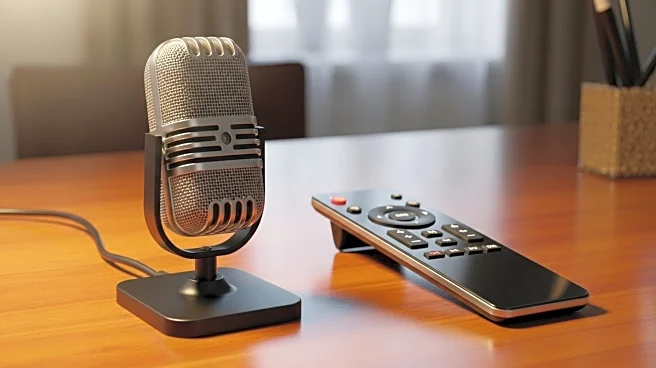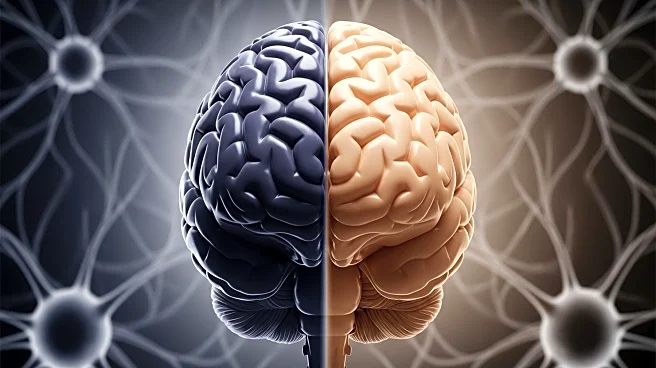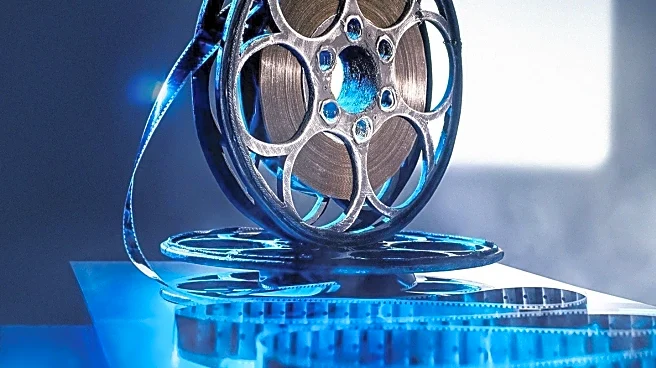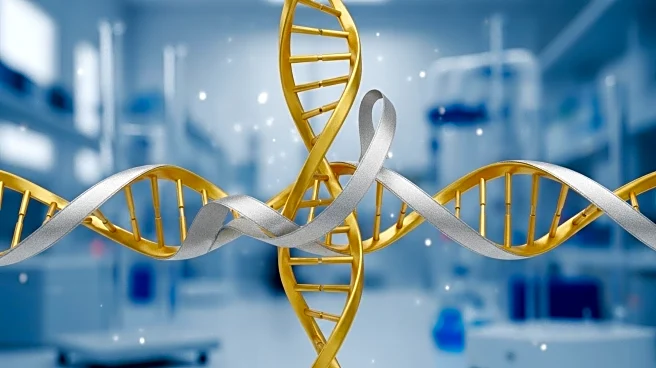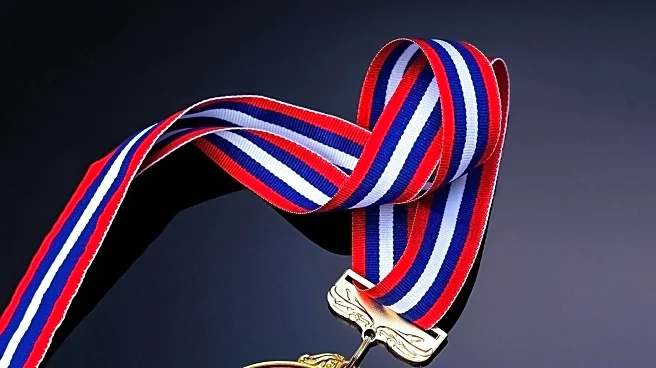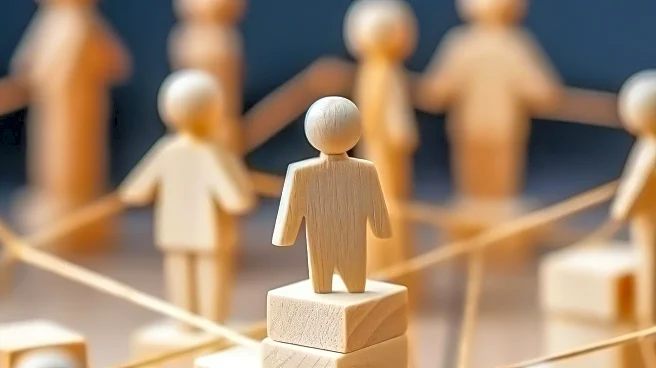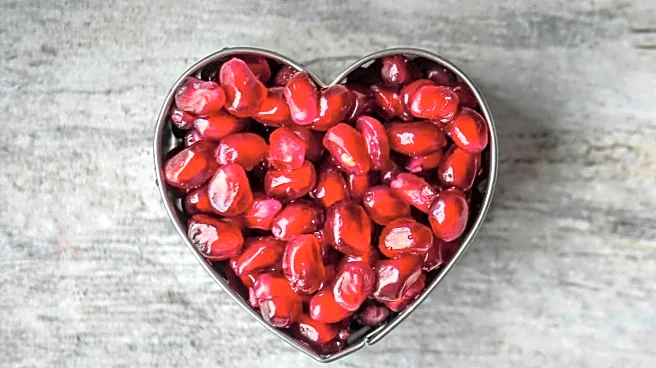What's Happening?
Lucy Owen, a BBC presenter, was surprised to learn that her mother, Patsy Cohen, plans to donate her body to medical science after her death. Patsy, who is 86 years old, made this decision as a way to give back to the medical community that supported her during her battle with bowel cancer. She has already arranged the donation with a university, aiming to help future doctors gain practical experience. Lucy Owen explored this topic further by creating a documentary at Cardiff University, where her mother's body will eventually be used for educational purposes. The documentary highlights the importance of real human bodies in medical education, despite advancements in technology that allow for 3D simulations.
Why It's Important?
Body donation plays a crucial role in medical education, providing students with hands-on experience that cannot be replicated by textbooks or digital simulations. This decision by Patsy Cohen underscores the value of real-world anatomy education, which is essential for training competent medical professionals. The story also sheds light on the emotional and logistical aspects of body donation, including the impact on families and the educational benefits for students. As technology advances, the use of real bodies in medical training is declining, making donations like Patsy's even more significant for the future of medical education.
What's Next?
Cardiff University will continue to use donated bodies for medical education, with families having the option to decide on cremation or burial after the educational use is complete. The university covers funeral costs, providing some relief to families during the grieving process. As interest in body donation fluctuates, universities may need to increase awareness and encourage more people to consider this option. The documentary by Lucy Owen may contribute to this awareness, highlighting the profound impact of body donation on medical training and patient care.
Beyond the Headlines
The ethical considerations of body donation are complex, involving consent, family dynamics, and the balance between technological advancements and traditional methods. This story prompts reflection on how society values contributions to science and education, and the personal decisions individuals make to support future generations. It also raises questions about how medical institutions can honor the legacy of donors while advancing educational practices.

